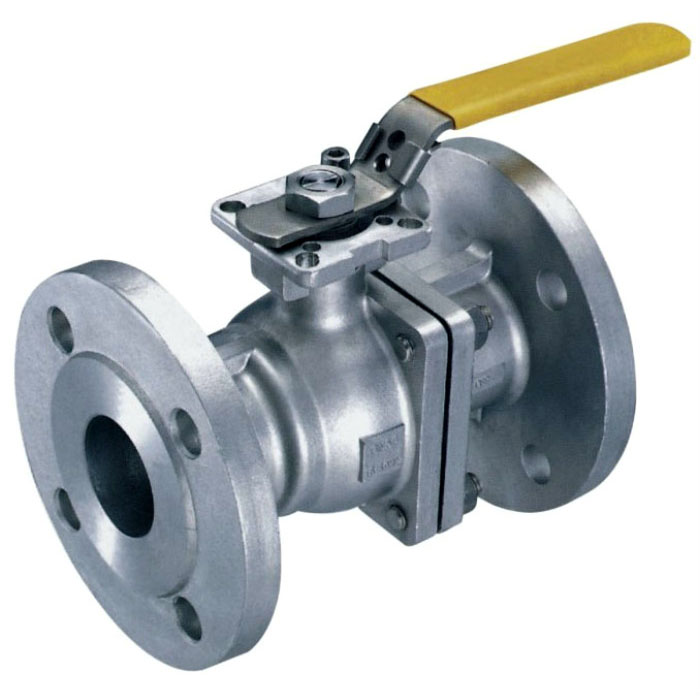What are the common heat treatment processes for ball valves steel parts?

Common heat treatment processes for ball valves steel parts include normalizing, annealing, solid solution, aging, quenching, tempering, annealing, carburizing, nitriding, quenching, spheroidizing, brazing, etc.
1. Normalizing:
The steel parts of ball valve are heated to a suitable temperature above the critical point AC3 or ACM for a certain period of time and then cooled in the air to obtain a heat treatment process of the pearlite-like structure.
2. Annealing:
A heat treatment process in which the sub-eutectoid steel parts of ball valve is heated to a temperature of 20-40 degrees above AC3, and after a period of heat preservation, it is slowly cooled (or buried in sand or lime) to 500 degrees below air cooling.
3. Solution heat treatment:
The alloy of ball valve is heated to a high temperature single-phase zone constant temperature maintenance, the excess phase is fully dissolved into the solid solution, and then rapidly cooled to obtain a heat treatment process of the supersaturated solid solution.
4. Aging:
The phenomenon that the properties change with time after being subjected to solution heat treatment or cold plastic deformation at room temperature or slightly above room temperature.
5. Quenching:
A heat treatment process in which the steel part of ball valve is austenitized and then cooled at an appropriate cooling rate to cause an unstable structural transformation of martensite or the like in the entire or a certain range of the workpiece.
6. Tempering: T
The quenched workpiece of ball valve is heated to a suitable temperature below the critical point AC1 for a certain period of time and then cooled by a satisfactory method to obtain the desired heat treatment process for the structure and properties.
7. Carbonitriding :
Carbonitriding is the process of simultaneously infiltrating carbon and nitrogen into the surface of steel. It is customary for carbonitriding, also known as cyanidation, to be widely used in medium temperature gas carbonitriding and low temperature gas carbonitriding (ie, gas soft nitriding). The main purpose of carbon monoxide in medium temperature gas is to increase the hardness, wear resistance and fatigue strength of steel. Low temperature gas carbonitriding is mainly nitriding, and its main purpose is to improve the wear resistance and seizure resistance of steel.
8. Quenching and tempering:
The heat treatment that combines quenching with high temperature and tempering is called quenching and tempering. Quenching and tempering treatment is widely used in a variety of important structural parts, especially those that work under alternating loads, such as connecting rods, bolts, gears and shafts. After the quenching and tempering treatment, the tempered sorbite structure is obtained, and its mechanical properties are superior to the normal-fired sorbite structure of the same hardness. Its hardness depends on the high temperature tempering temperature and is related to the tempering stability of the steel and the cross-sectional dimensions of the workpiece, generally between HB200 and 350.
9. Brazing:
A heat treatment process in which two workpieces of ball valves are heated and melted together by a solder.
If you are interested in discussing with us, freely contact us via sales@jhflow.com